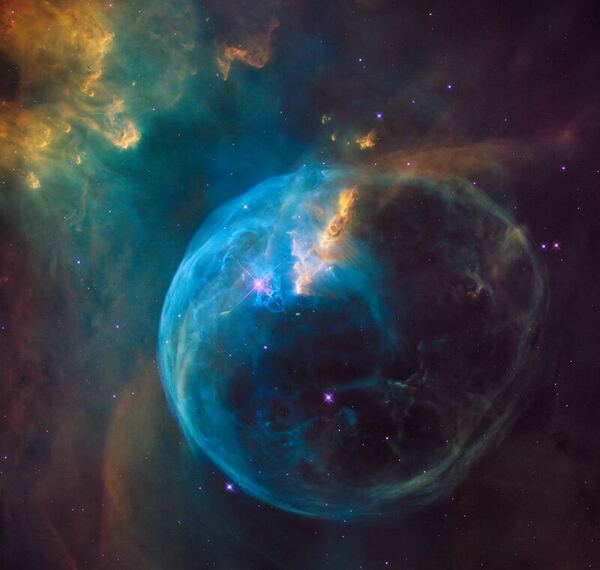Locating sources of a high energy cosmic ray extensive air shower using HiSPARC data
(1) Bordesley Green Girls' School & Sixth Form, Birmingham, United Kingdom, (2) Institute for Research in Schools, London, United Kingdom
https://doi.org/10.59720/22-287
In the physics community, there is continued interest in high energy cosmic rays and their co-location to stellar sources, including to supernovae. Observational history and corresponding theories link the high energies associated with these types of cosmic rays to those produced in various latter evolution stages of stellar bodies. We hypothesize that high-energy cosmic ray air showers have a source region associated with specific stellar bodies. Here, we present our analysis of the locations of possible high-energy cosmic ray sources by using data from University of Twente cosmic ray detectors that are part of the High School Project on Astrophysics Research with Cosmics (HiSPARC) network. As an example of the potential of the HiSPARC network to aid cosmic ray source location, we analyzed event count data from a high-energy air shower recorded during the first week of January 2014. The data was then processed such that the direction of the air shower could be ascertained to provide the likely area of air shower origin. Angle and time data were then inputted in to Stellarium™, a free open-source planetarium application from which sources could be located. Our results suggest two sources are candidates for the origins of the high-energy air shower: the Cepheid variable Polaris and the binary system, Iota Ursae Majoris A. In sum, we have shown the potential of the HiSPARC network to aid location of stellar sources that may be responsible for detected cosmic air showers.
This article has been tagged with: